A Guide to Types of Fabrics
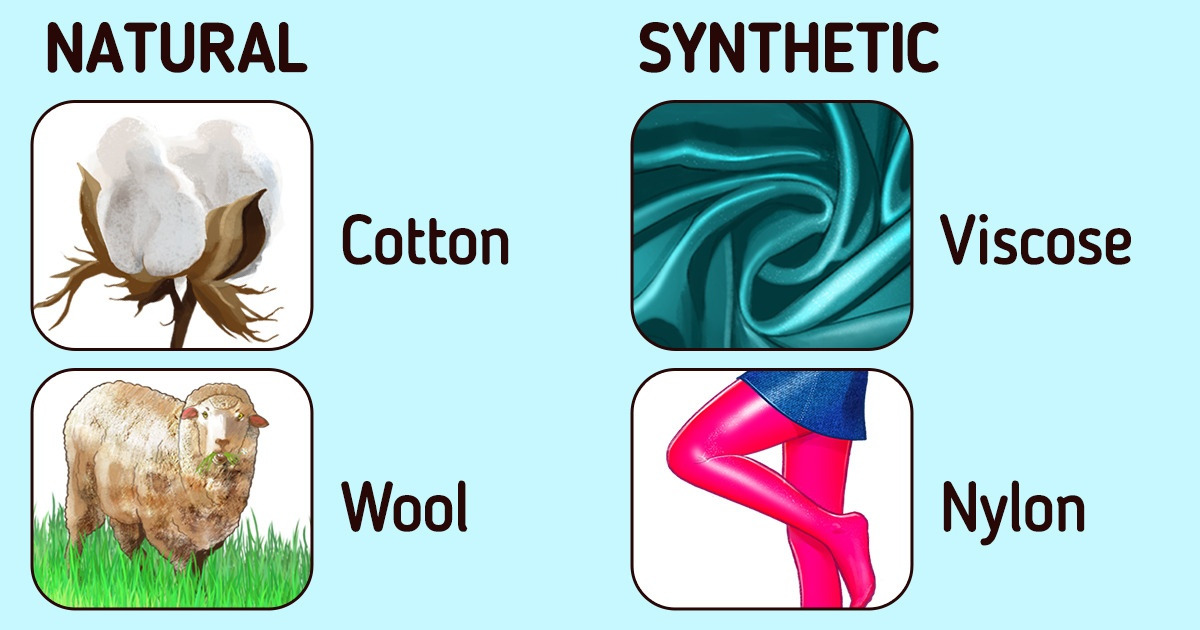
Fabric is a material made by entwining fibers together. The fibers a fabric is made of can determine its characteristics, area of use, durability, and the way you need to take care of it.
5-Minute Crafts is going to tell you about different types of fabrics.
Natural fabrics
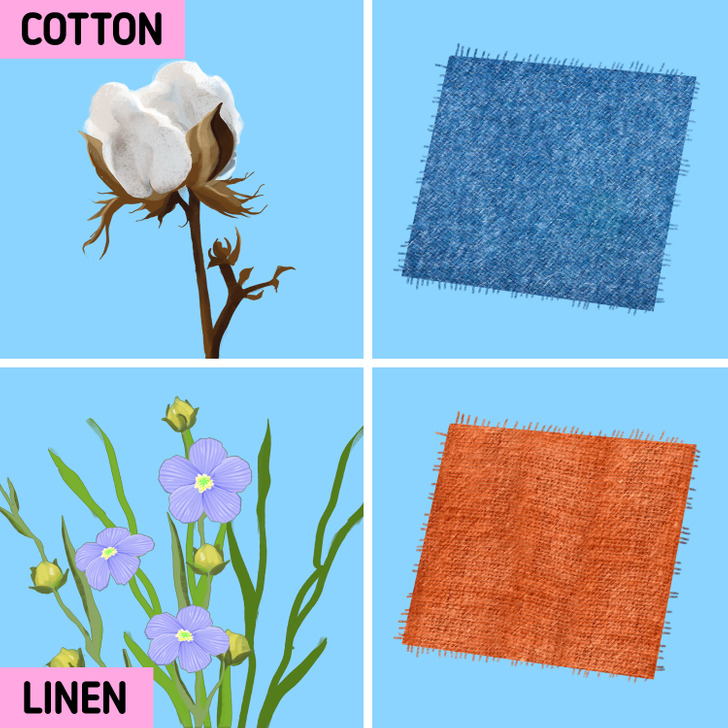
Natural fabrics are made from animal, vegetable, and mineral fibers.
Vegetable fibers are used to produce the following:
- Cotton grows around the seeds of the Gossypium plant. It is cellulose and might contain a little wax, fat, and water. The fibers are turned into threads to make a breathable, soft, and durable fabric.
Kinds of cotton fabrics include flannel, batiste, poplin, calico, chintz, cotton corduroy, denim, and more. - Linen fabrics are made from flax. Flax fabrics are very durable, breathable, they absorb moisture well, and dry faster than cotton. This is why it’s very comfortable to wear linen when it’s hot. Also, bed sheets and tablecloths are also made from linen.
Kinds of linen fabrics include damask linen, closely-woven linen, and loose-weave linen.
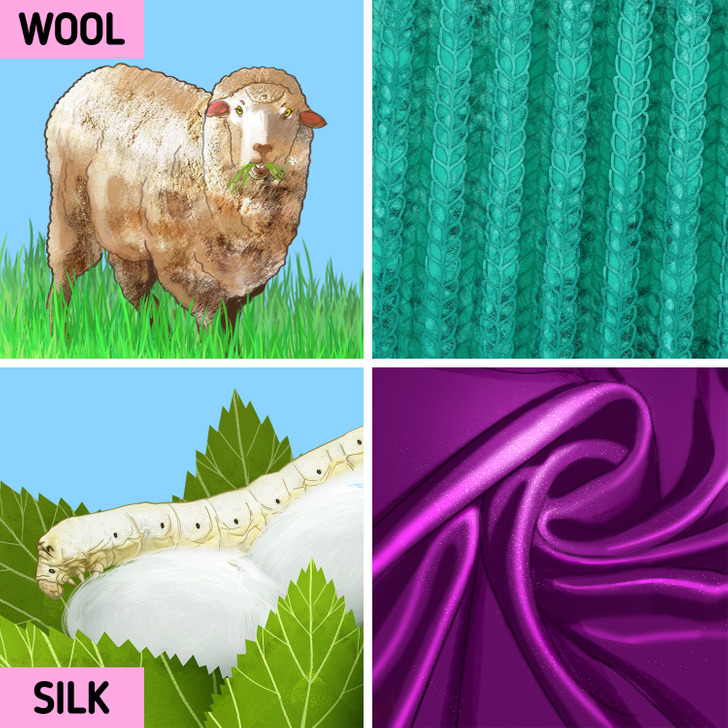
Animal fabrics are:
- Woolen materials are those that were made from the wool of alpacas, angora rabbits, sheep, angora goats, camels, cashmere goats, and other animals.
- Silk is produced by certain insect larvae. The best-known silk is obtained from the cocoons of the larvae of the mulberry silkworm. The silk thread has a triangle-like structure, which is why it refracts light and shimmers attractively.
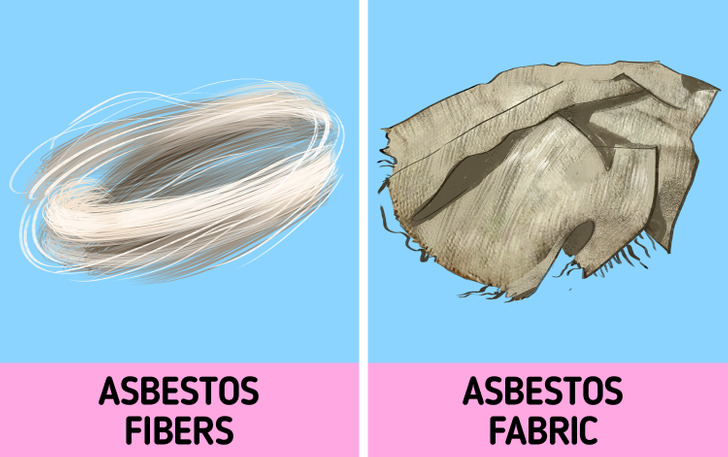
Natural mineral fabrics are asbestos fabrics. They are made from asbestos — a material we can find in nature. There are 6 types of asbestos. All of them consist of long, thin crystals. Breathing asbestos can lead to different health issues, including cancer. This is why this material is used in chemical and other manufacturing industries.
Man-made fabrics
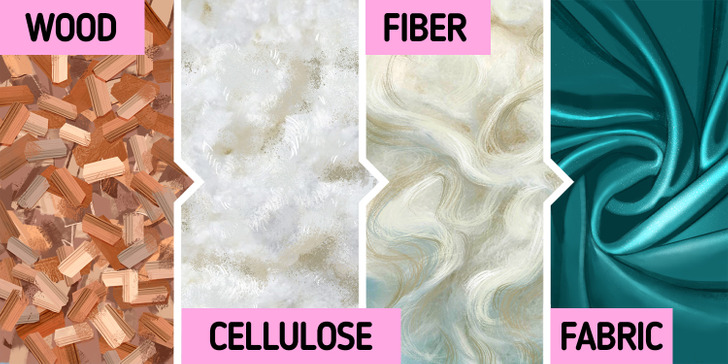
Man-made fabrics can be divided into 2 groups depending on what the fibers are made from — polymer or synthetics. The former is artificial and the latter is synthetic.
Natural polymers are those containing fibers produced by nature, like, for example, the cellulose that is found in cotton and wood. The cellulose produced from plants and wood is made into fiber. And the fiber is then turned into fabric. The examples are:
- Rayon is made from natural sources of cellulose. There are many types of rayon fibers. Some of them imitate the texture of natural fibers, such as wool, silk, linen, and cotton.
- Acetate is a fabric also made from spun filaments of cellulose taken from wood. This material is used to produce wedding and prom dresses, curtains, and upholstery.
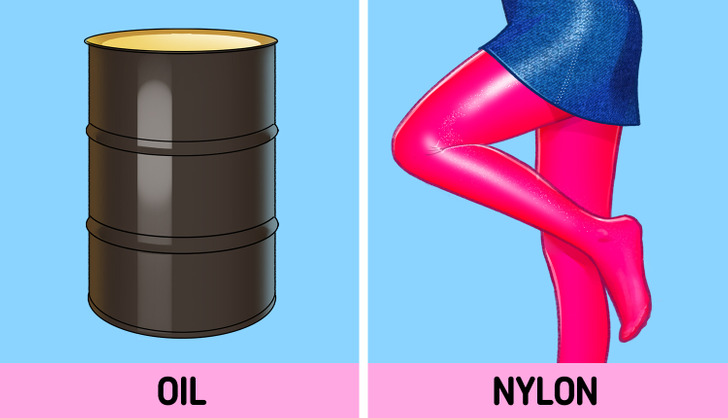
Synthetic fibers are made from polymers that are not found in nature and are produced in factories, almost always from oil or natural gas byproducts. Synthetic fabrics include the following:
- Nylon is used in clothes and manufacturing. Swimsuits, sportswear, underwear, stockings, and tights are all made from nylon.
- Polyester and its accompanying synthetic fibers are very resilient and don’t get damaged by water, wind, or other factors. This material is used in clothing production, sportswear, blankets, furniture, and many other things.
- Acrylic fiber is used to make sportswear, sweaters, carpets, etc.
- Spandex is a synthetic fiber also called Lycra or elastane. In clothing production, spandex is usually mixed with cotton or polyester. Spandex has great elasticity, durability, and can return to its original shape after it’s stretched.